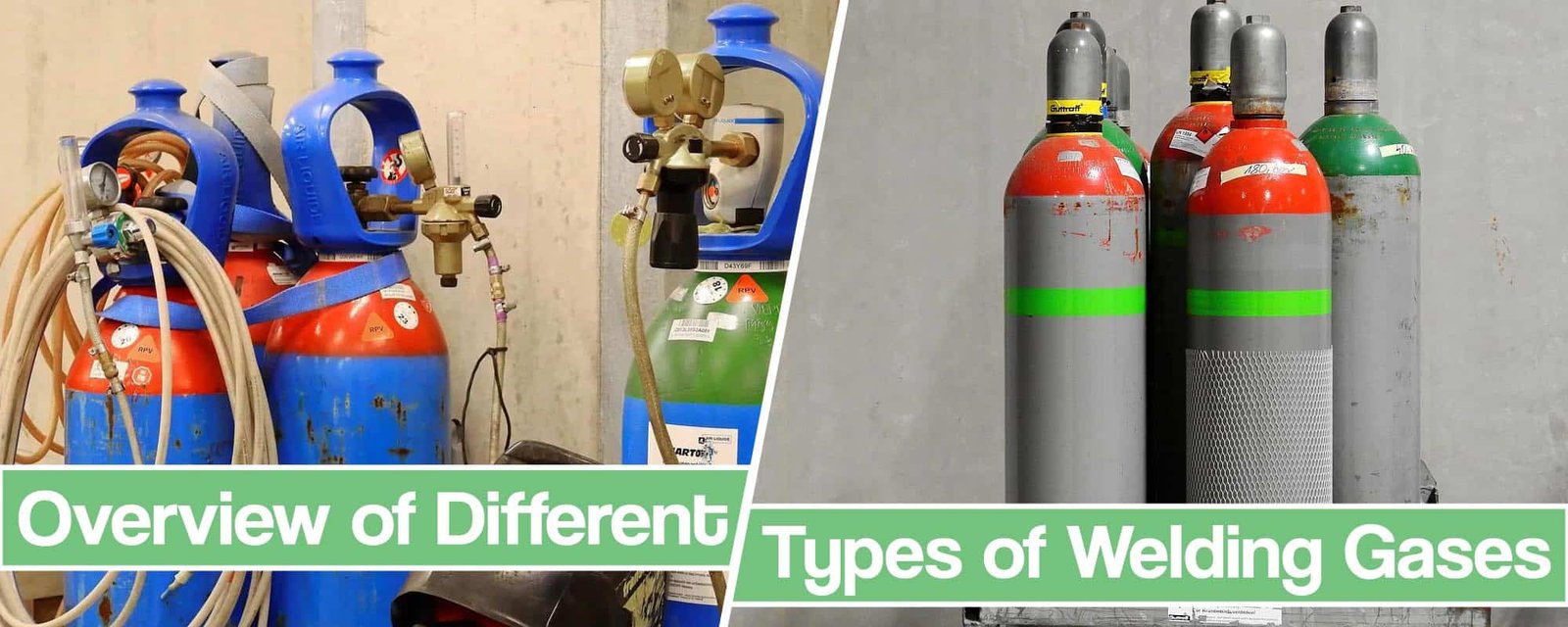New technologies in welding emerged more than seven decades ago, shifting the industry from traditional stick welders to technologies like TIG and MIG welding. Such change also brought the need to use welding gases that were more efficient in terms of weld quality.
Shielding gases and mixtures in itself is a fascinating topic because they have also progressed in a short time since first introduced. Nowadays, you are no longer confined to one type of welding gas but a whole array of products and mixtures used for metal welding. Apart from this, you can learn more about the different welding schools on https://ratemywelder.com/
The Purpose of Inert and Reactive Gas in Welding
Welding gas has a range of use in metal bonding, including shielding the arc, keeping the welds clean, and heating the metal. Shielding gases are often referred to as the blanketing material used to protect the metal from atmospheric gases.
Welding gas is also used to assist arc stability and ensure that the welding pool is clean during purging, blanketing, and heating phases. Without welding gases, welds become porous, weak, and you find more splatter when welding. Too much splatter can ruin the weld and reduce productivity.
There are two types of gases used in welding – inert and reactive. Inert gases are the elements used during welding because they have properties that do not change when coming into contact with atmospheric compounds or temperatures. Inert gases are also useful because they allow welds to cure naturally without distorting or weakening the joining area.
Reactive gases, on the other hand, have a way of naturally enhancing the material being fused. It includes elements like helium, argon, nitrogen, and carbon dioxide undergoing a chemical transformation to create an oxidative change.
The Types of Gases Used in Welding Metal
There are various gases found in a welder’s shop, each with its use and application. These elements perform different functions, including shielding, purging, heating, and blanketing.
- Shielding gases. Shielding gases keep impurities away from the melt by providing a barrier against air bubbles. These are the inert gases that remain stable even with extreme welding conditions.
- Purging gas. This element covers the underside of your weld material, so it seals off the joints at the top or bottom. Purging gas is more commonly used when welding stainless steel.
- Blanketing gases. This type of gas is more frequently used in confined spaces to prevent contaminants like oxygen from damaging the finished weld material.
Both inert and reactive welding gases are essential during the welding process because they protect the weld from damage from atmospheric compounds. The effect makes a quality-finished look and sturdier than those exposed to oxygen, hydrogen, or nitrogen.
Different Types of Gases Used in Welding Metal
Gases are often a critical part of a good weld because they stabilise metal and strengthen the weld pool. Some of the most common gases used during welding include:
- Argon
- Hydrogen
- Oxygen
- Carbon dioxide
- Helium
- Compressed air
- Acetylene
- Nitrogen
There is also the combination of gases which are often referred to as mixed gases. Mixed gases balance the strength of these elements, bringing a more relevant result to your metal welds. For example, combining argon, CO2, and oxygen creates the fluidity of the weld pool, so it increases the arc travel speed during welding.
Moreover, gases are essential elements needed during welding because they provide numerous applications that allow you to achieve a good and quality finish.



